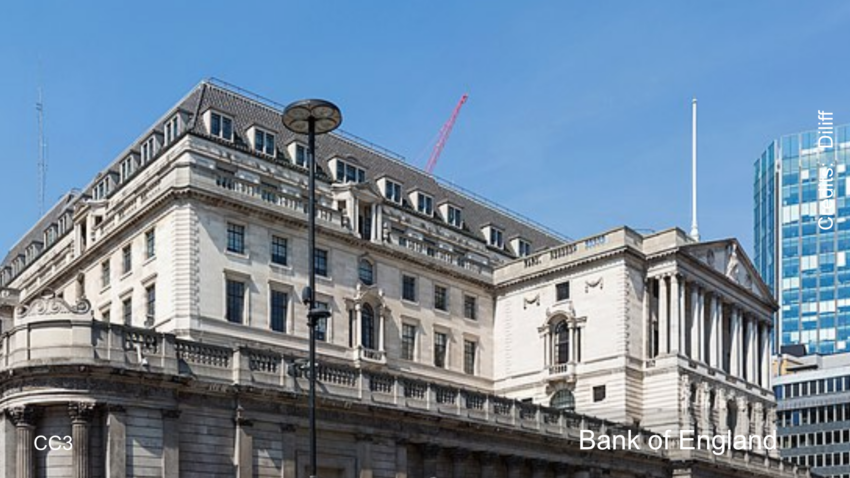The Bank of England has cut its base interest rate from 5% to 4.75%, marking the second reduction in 2024. This move comes as part of efforts to control inflation and stimulate the economy. Interest rates directly affect millions of UK residents by influencing mortgage, credit card, and savings rates. The Bank of England’s base rate serves as a benchmark for other lenders, determining their loan charges and savings account interest rates.
Various financial platforms have reported on the potential impact of this rate cut, highlighting its significance for borrowers and savers alike. The current rate of 4.75% follows a previous cut in August, the first in over four years. Despite the recent reductions, borrowing costs remain high compared to the past decade. The Bank’s decisions aim to control UK inflation, which has significantly dropped from a peak of 11.1% in October 2022 to 1.7% in September 2024.
The current economic landscape is shaped by recent government fiscal policies and global events. Chancellor Rachel Reeves’s October budget, which includes plans to borrow and spend billions, has influenced financial market expectations, suggesting a slower pace of future rate cuts. Additionally, Donald Trump’s recent presidential victory in the US may impact global prices, further impacting the Bank of England’s decisions.

